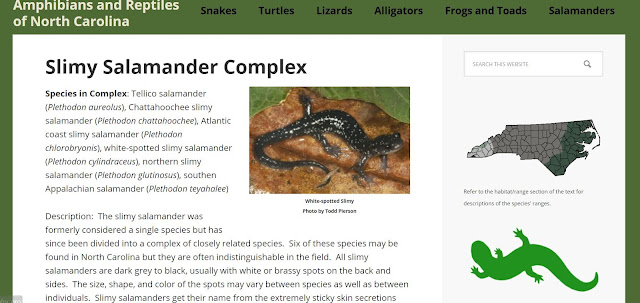Climate Change is Imminent
Climate Change is imminent for everyone. The Barrier Islands of Virginia especially are no different. This post examines the climate data of the Barrier Island region of Virginia. It particularly looks at Chincoteague and Assateague Island's waters. How do ocean currents behave near this stretch of ocean territory?
An element of Assateague Island beach that we found most shocking was the temperature of the water. It was incredibly cold. So cold in fact that it was painful to stay in the water even though the temperature was a very balmy 101 degrees and a heat index of 110. Surely there is an explanation as to why the water was so cold.
With these questions and concerns in mind, I chose to look for an explanation. I started with the NOAA website formerly known as the National Oceanographic Data Center (NODC). It is now the National Centers for Environmental Information (NCEI).
https://www.nodc.noaa.gov/OC5/regional_climate/
This website and its reports have great diagrams and information, but they are not very current. The report, link below, is from 2016. It does effectively explain how the ocean currents carry cold and warm waters up from the Gulf of Mexico The ocean currents are major influences in weather patterns and those are very responsible for the storms.
https://repository.library.noaa.gov/view/noaa/12209/Email
The report states "the NWA region is characterized by a very complex circulation pattern with fine -
structured circulation and recirculation gyres, meandering jets, nonlinear baroclinic waves, meanders and rings strongly interacting with the Gulf Stream, Gulf Stream Extension, and the Labrador Current." (Page 22)
Virginia is in the Northwest Atlantic system. "The Northwest Atlantic (NWA) plays a crucial role in long-term earth and ocean climate change. The Gulf Stream and North Atlantic Current System are the key elements of northward heat transport and Meridional Overturning Circulation in the Atlantic Ocean." https://www.nodc.noaa.gov/OC5/regional_climate/nwa-climate/
The salinity of the water has a lot to do with the temperature and movement of the currents.
"The coolest water measured along the mid-Atlantic coast is at Ocean City, Maryland's beach resort town near Assateague Island. Water along its exposed shores gets down to 34 °F (1 °C) in February and takes longer to warm up in spring. Even so, the ocean reaches a comfortable swimming temperature from August to mid-September.
Actual ocean temperatures do of course vary from year to year depending upon the weather and the flow of ocean currents." https://www.currentresults.com/Oceans/Temperature/virginia-maryland-delaware-average-water-temperature.php
These coastal water temperatures are averages compiled by the US National Oceanographic Data Center of the National Oceanic and Atmospheric Administration.
Average ocean temperature in °F
Kiptopeke VA
|
Solomons Island MD
|
Ocean City MD
|
Lewes DE
|
|
VA
|
MD
|
MD
|
DE
|
|
January
|
36
|
37
|
37
|
37
|
February
|
39
|
37
|
34
|
36
|
March
|
46
|
43
|
42
|
41
|
April
|
54
|
53
|
50
|
51
|
May
|
63
|
64
|
56
|
60
|
June
|
70
|
74
|
63
|
68
|
July
|
77
|
80
|
69
|
73
|
August
|
78
|
83
|
71
|
76
|
September
|
75
|
76
|
70
|
72
|
October
|
64
|
64
|
62
|
62
|
November
|
54
|
57
|
53
|
52
|
December
|
44
|
45
|
44
|
44
|
Annual
|
58
|
59
|
54
|
56
|
Ocean City, MD is closest to the beach area on Assateague. But perhaps it is the following data that can best describe why the sea waters were so cold. The average temp during July 17-19, 2019, the time we were on the island, is because of offshore winds.
"Actual sea surface water temperatures close to shore at Chincoteague can vary by several degrees compared with these open water averages. This is especially true after heavy rain, close to river mouths or after long periods of strong offshore winds. Offshore winds cause colder deep water to replace surface water that has been warmed by the sun." http://www.surf-forecast.com/breaks/Chincoteague/seatemp
The following link will take you to a map of the waters just off of Assateague and Chincoteague Island. It will show the direction of the current and the speed at which it is moving. http://bit.ly/33aehjw
Pan down to the south of the island and it will show water temperatures from the Gulf Stream. Perhaps the NCEI is the best resource to use to predict climate change and impact. The oceans and currents are key indicators of severe storms and storm surge predictors for seasonal storms.


Comments
Post a Comment